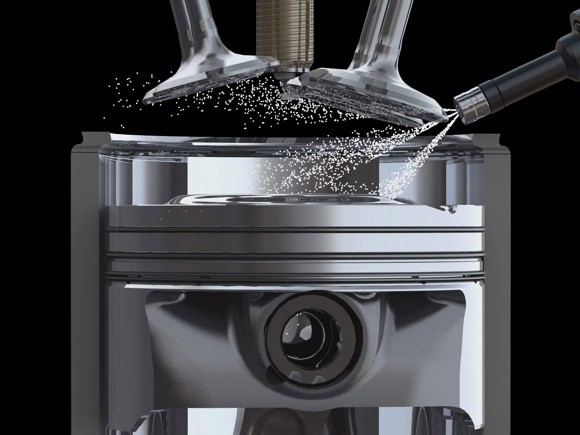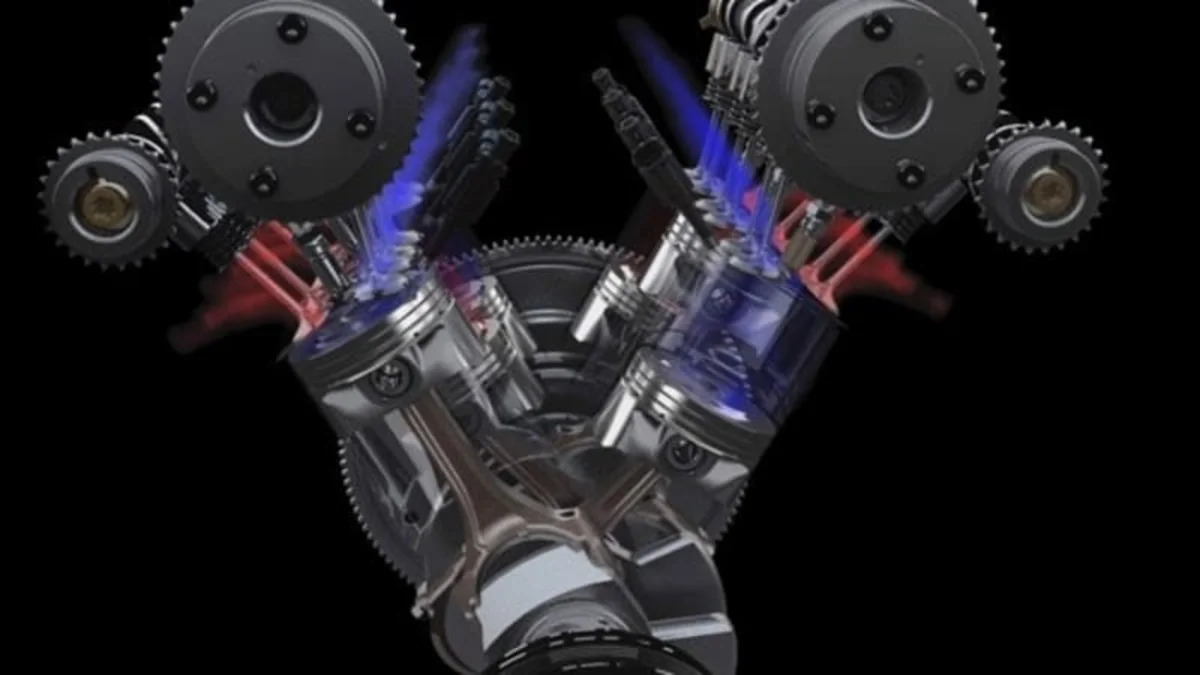 Hybrid and battery electric cars get most of the attention from drivers looking for more efficient transportation. Toyota has done a masterful job of marketing the benefits of hybrids and, for a great many people, hybrids are an excellent means of saving on fuel and reducing emissions (not everyone, though). The trouble is that hybrid systems add hardware, cost and a lot of complexity, especially for the control systems.
Hybrid and battery electric cars get most of the attention from drivers looking for more efficient transportation. Toyota has done a masterful job of marketing the benefits of hybrids and, for a great many people, hybrids are an excellent means of saving on fuel and reducing emissions (not everyone, though). The trouble is that hybrid systems add hardware, cost and a lot of complexity, especially for the control systems.
While Toyota and Honda have done an admirable job of reducing the cost of their respective hybrid systems, the fact remains that a hybrid will always be more expensive to build than a similar vehicle with only one powertrain. For battery electrics, the problem is compounded by the stubbornly high cost of batteries.
One way to make a significant dent in overall fuel consumption is for a substantial portion of the new vehicles sold every year to be significantly more efficient. Getting there means using technologies that are cost effective. In an automotive landscape where U.S. sales have collapsed from 17 million annually to less than 10 million, automakers are looking for ways to sell more efficient vehicles that people can afford to buy. That's why gasoline turbocharged direct injected engines are one of the more popular choices coming over the next several years. Learn more after the jump.
GTDI engines are relatively new and offer a number of benefits that can help achieve some of the gains in fuel efficiency required by regulations, economics and the environment. Turbocharging, of course, has been around for decades and gained significant popularity in the early to mid-1980s. At that time, automakers grappled with then-new CAFE regulations and sought to use smaller displacement engines with turbochargers to replace larger engines.
%Video-512%
Unfortunately at that time, engines still used carburetors and electronics were primitive. Drivability and durability issues eventually sent turbos to the back burner for a time. The idea of the turbocharger is to harness some of the thermal and kinetic energy in the engines exhaust gases to pump more air into the engine. More air and fuel means the engine makes more power. However, engines typically only require peak power output a small fraction of the time they are operating. A vehicle that uses a large displacement engine is capable of providing the peak power needed for acceleration or hauling, but also has mass to lug around all the time, weight that is often not being used.
Using a four cylinder engine in place of a six or a six in place of a V8 means the engine is lighter and more efficient. It also means the engineers don't have to build in as much structure to support it. There is a cascading effect of efficiency and mass reduction that can happen. Another benefit is that this mass reduction can come without having to resort to expensive and energy intensive materials like composites or even aluminum.

Let's get back to the engines now. Since drivers typically only use a fraction of the peak output of an engine, a smaller displacement unit can operate in more efficient region for most driving. The addition of a turbocharger allows the production of on-demand power for climbing grades and merging on freeways. The downside of turbos in the old days was knock. When air or any other gas is compressed, the Ideal Gas Law tells us that the temperature will rise. Compress the air enough and the fuel that is mixed in will spontaneously combust.
In the '80s, engineers tried to address this by spraying water into the compressed mixture to cool it before it entered the combustion chamber. Obviously, this adds complexity and the water tank has to be regularly re-filled. Enter direct injection. In the days of carburetors, the air and fuel were often mixed further upstream and compressed together allowing detonation. Now that fuel can sprayed directly into the combustion chamber, the turbo compresses only air and pumps it into the cylinders.
%Video-513%
When the fuel is sprayed in, the hot air vaporizes the fuel and the process actually reduces the temperature of the mixed charge in much the same way water injection did. The result is that modern GTDI engines can run with higher levels of turbo boost and higher compression ratios with less risk of knock. More boost and compression mean higher torque output from the engine. Thus, smaller displacement engines can produce more torque at lower rpms resulting in better drivability. With this kind of engine behavior, drivers feel less need to rev the engine to get the performance they expect and fuel efficiency is improved. Direct injection also has an immediate impact on efficiency and emissions by more precisely metering fuel and leaving less unburned fuel going out the exhaust.
Finally, turbo direct injected engines are also particularly well suited to operating on ethanol. Since the alcohol only has 60 percent of the energy density of gasoline but a much higher octane rating, the boosting and direct injection allow engines to run at higher boost, overcoming the power deficit while nearly equaling the efficiency of running on gas.
The bottom line is an improvement of 15-20 percent in efficiency over a comparably powerful normally aspirated engine of larger displacement. Drivability is improved and the cost premium is smaller than other technologies. It's estimated that Ford's new EcoBoost V6 costs about $700 more than the standard 3.7-liter V6 while making the power of a V8. Volkswagen Group has already been offering a number of GTDI engines for several years as have Mazda, General Motors and others. Ford is making the biggest mainstream GTDI push starting this year and promises to have its EcoBoost engines available in 90 percent of its cars within four years.
Following the V6 EcoBoost, a 1.6-liter four cylinder version goes into production in the UK late this year and a 2.0-liter will follow likely later in 2010. An even smaller 1.2-liter engine should launch within the next two years. GTDI is certainly not the end game by any means, but it is an important interim step for mainstream improvements in efficiency until battery prices come down.


Sign in to post
Please sign in to leave a comment.
Continue